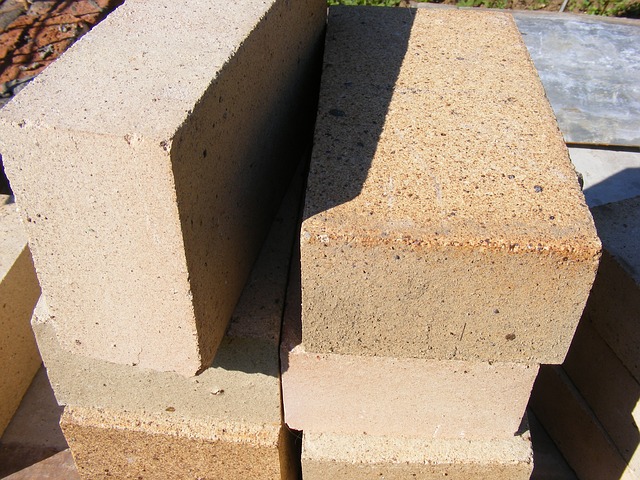
Our experiences with refractory used in incinerators
In our formative years, when some of the statutory rules for waste management were still in the draft stage, we were making standard off-the-shelf compact incinerators. The capacity ranged from 5 kg/h to 100 kg/h. These machines were mostly bought by small hospitals and nursing homes.
We supplied one such 5 kg/h machine to a nursing home in Kerala and within 10 days of commissioning, got a call from them that the refractory slab inside was damaged. We thought it must have happened due to the usage of metallic objects for de-ashing and without asking any questions, supplied a replacement. Within another 15 days, they called to say the replacement also got damaged.
It was decided, therefore, that a visit was called for and one of our engineers visited the nursing home and saw the damaged refractory slab. As a matter of fact, when the damaged portion was prodded with a steel rod, it simply collapsed like powder! There was no reason why it should behave like this, as the conditions were normal.
We told the client, we will do a root cause analysis and revert with a good replacement and on return called the refractory supplier who was a reputed company. They simply showed their catalogue which explains that the refractory has a certain strength at 110 deg.C. But, we said, the incinerator works at 900 to 1100 deg.C and what was the strength at elevated temperatures? The reply was, it is not possible to do a lab test at that high temperature and in any case, as per standards prevailing, the test was done only at such a low temp. We said what happens when the refractory reaches 1000 deg.C and the reply was it will collapse!
We never expected this kind of response from a reputed company and went round finding another manufacturer who would understand the requirement and resolve this issue. After many rounds of discussions and trials, we found an up-coming manufacturing unit who agreed to take up the challenge.
And they produced a refractory material, custom-made for this application which ACHIEVES A HIGH STRENGTH AT HIGH TEMPERATURE. This is precisely what we wanted from the other big-time manufacturer and he not only failed to take any action, but did not understand the main issue and the amount of business he was going to lose.
Today, after many years, this small manufacturer has become an exporter to many countries and he continues to give us the best refractory materials according to the service conditions. Our refractory problem has been solved once and for all. Consequently WE DO NOT HAVE ANY REFRACTORY FAILURES.


